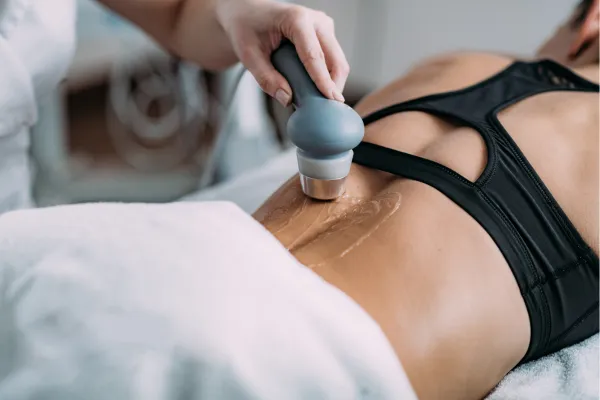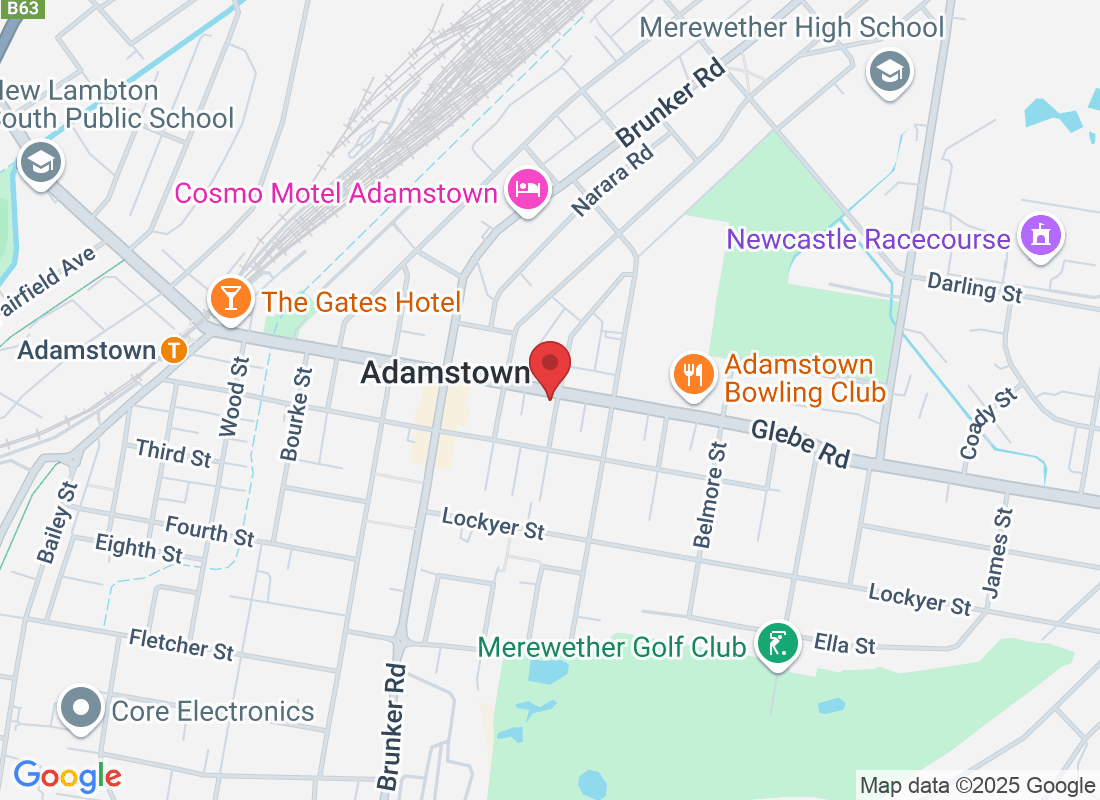
How Diagnostic Ultrasound Helps Pinpoint the Cause of Your Back Pain
Back pain can feel like a big mystery sometimes, can’t it?
One minute you're fine, the next you’re stiff, sore, and struggling to move the way you want to.
The tricky part is that back pain can come from so many different places — muscles, joints, discs, even your core muscles.
That’s where Diagnostic Ultrasound comes in.
At Sport and Spine Physio in Adamstown, we’ve been using ultrasound to help uncover the hidden causes of back pain for over a decade — and it’s made a huge difference in the way we treat and guide recovery.
Let’s dive into how it works and why it might just be the missing piece in solving your back pain puzzle.
What Is Diagnostic Ultrasound?
When most people hear “ultrasound,” they think of scans during pregnancy.
But diagnostic ultrasound is also a fantastic tool in physiotherapy.
It gives us a live, real-time look at how your muscles — especially your deep core, pelvic floor, and lower back muscles — are working (or not working) while you move.
It’s safe, non-invasive, and pain-free — no needles, no downtime.
Why Your Core Muscles Matter for Back Pain
Your deep core muscles, like the transversus abdominis and your multifidus (tiny muscles along your spine), are like a natural support belt for your back.
When these muscles aren’t firing properly — which often happens after an injury, surgery, or pregnancy — it can leave your back feeling unstable, sore, and prone to injury.
Here’s the tricky part:
You can’t always tell if these muscles are working just by feeling them.
That’s why ultrasound is so helpful — it lets us see them in action.
How Ultrasound Pinpoints the Problem
When you come in for a diagnostic ultrasound at Sport and Spine Physio, here’s what happens:
You lie comfortably while one of our experienced physios places a small ultrasound probe over your stomach, side, or lower back.
As you gently move or activate your muscles, we watch what’s happening live on the screen.
We can see if your deep muscles are switching on properly, how quickly they’re activating, and how strong their response is.
This information helps us spot things like:
Core muscles that aren’t activating when they should
Imbalances between sides of the body
Muscle wastage after injury
Compensations (when other muscles are overworking to “help out”)
In short: It helps us find the real cause, not just treat the symptoms.
How This Helps Your Recovery
Knowing exactly what’s going wrong means we can design a treatment plan that’s specific to you — no guesswork, no cookie-cutter programs.
With the help of ultrasound, your recovery might include:
Targeted exercises to reactivate and strengthen your deep core
Posture and movement retraining to protect your back
Hands-on treatment to release tight muscles or stiff joints
Education to teach you how to move smarter and avoid future injuries
You’ll also get to see your own progress.
There’s nothing more motivating than watching your muscles fire up better on the screen after a few weeks of work!
When Should You Consider a Diagnostic Ultrasound?
You might benefit from an ultrasound assessment if you:
Have ongoing or recurring back pain
Feel like your core is weak after an injury, surgery, or pregnancy
Struggle with pelvic pain or hip instability
Want a smarter, more targeted rehab plan
It’s especially valuable if you’ve tried other treatments but feel like something is still missing.
Final Thoughts
Back pain can be frustrating — but finding the true cause makes all the difference.
At Sport and Spine Physio Adamstown, we use Diagnostic Ultrasound to take the guesswork out of back pain treatment.
With clear answers and the right plan, you can get back to feeling strong, confident, and in control again.
Wondering if a diagnostic ultrasound could help you?
Get in touch — we’d love to help you uncover the cause of your back pain and guide you toward real, lasting relief.



